The Medium (2021) is a Thai-South Korean supernatural-horror film that marks the return of filmmaker Banjong Pisanthanakun to straight horror after a couple of romances after his directorial career launched with the supernatural thriller Shutter (2004). Based on an original story developed by Korea’s Na Hong-jin, the visionary auteur behind The Wailing, The Yellow Sea, and The Chaser, The Medium (aka Rang Zong) is a bizarre and horrifying saga of demonic possession that centres around the belief in shamanism practised in the northeastern part of Thailand. This latest addition to the Asian horror is an award-winning feature that premiered at the 25th Bucheon International Fantastic Film Festival.
The Medium is a tremendously exotic and indigenous experience of Southeast Asian shamanism. It marries and homogenises the horror film traditions of Thailand and South Korea. Shamanism is a spiritual and healing tradition found in cultures around the world. In this tradition, shamans function as intermediaries between the physical and the spiritual world or the natural and supernatural world. Although Shamans’ repertoires vary from one culture to another, they typically possess the ability to heal the sick, cast out evil spirits, communicate with the otherworld, and escort the souls of the dead to the afterlife.
RELATED TO THE MEDIUM MOVIE EXPLAINED – Mayday Movie Explained: Ending, Themes, and Feminist Troupes Analyzed
Shot in found footage or pseudo-documentary style resembling Paranormal Activity and The Blair Witch Project, the film starts with a documentary team investigating and surveying the shamanic practices of the Isan people in Thailand’s northeast. The documentary footage titled “Shaman Bloodline” follows the daily life of the respected shaman priestess/healer Nim in the humid and gloomy rainforest environment and captures the tragic events that lead to the catastrophe that befalls Nim’s immediate family.
This write-up is an attempt to explain some of the aspects of the film that requires more clarity. However, some of the events lack a straightforward explanation. The director Banjong Pisanthanakun leaves things on an ambiguous note. This ambiguity opens the possibility for expanding the imagination of the viewers. Refrain from reading the article and save it for later if you haven’t watched the movie.
THE MEDIUM SYNOPSIS & SUMMARY:
NIM – THE MEDIUM
The film commences with the voice-over of a middle-aged shamaness Nim (Sawanee Utoomma) who explains the documentary crew about Isan’s animist beliefs which is the attribution of a living soul or spirit to all-natural phenomena. According to Nim, there are good spirits as well as bad spirits, those who protect and those intent on causing harm. Nim gives the impression that the spirit of a local protective deity, a benevolent goddess named Ba Yan, has “possessed” her, and works as a bridge of communication between the townspeople and the goddess. The calling of this ancestral deity has been passed down the female bloodline of her family for generations and she serves the villagers by helping cure those sufferings from unseen ailments or caused by supernatural manipulation.
Nim talks about her grandmother and her aunt who served as the shamaness of Ba Yan. Nim’s sister Noi (Sirani Yankittikan) was the latest in the line of succession but she rejected the obligation and turned to Christianity. Nim never wanted to become a shamaness and even attempted to take her own life to escape but she was unsuccessful, and at last, accepted the possession. She has grown to like her life as a shamaness as it allows her to help people and gives her a special rank in the village. Nim makes frequent pilgrimages to the mountain where the sacred idol of Bayan is positioned to perform rituals and to pray to the goddess. She positively believes that she is a conduit and vessel for the goddess but there is no documented evidence of any miracles performed by Nim.
MINK’S POSSESSION AND SUSPICIONS OF BAYAN’S INVOLVEMENT
While travelling to attend the funeral of her sister Noi’s husband Wiroj, she reveals the misfortune that always plagued the men in the Asatia family. En route, she also witnesses a dead dog in the middle of the road, which in fact, serves as a forewarning for the ominous events to follow. At the funeral, Nim notices Noi’s twenty-something daughter and her niece Mink (Narilya Gulmongkolpech) behaving strangely, out of character, to the extent of having too much to drink and kicking off at an uncle for supposedly insulting her.
At night, Nim sees the unusual sight of Mink staring at a blind old lady who dies the next day but is unresponsive when Nim calls out to her. Nim suspecting the untypical behaviour checks Mink’s room and finds a garland of turmeric which serves the purpose of driving spirits away. But Mink tells the cameraman who follows her that shamanism and speaking in tongues are superstitious and backward.
As the film progresses, she starts to have strange dreams, hears voices in the head, and experiences abdominal and vaginal pain and bleeding. Nim is convinced that Ba Yan wishes Mink to succeed Nim, recognizing the same symptoms experienced by Nim when Ba Yan chose her as her inheritor.
Soon, Mink starts displaying aggressive behavioural traits and multiple personalities such as one of a child, a drunkard, and a prostitute. She behaved like a child when she went on a kiddie slide and pushed the other children and made them cry. She is dismissed from her job as her boss caught her having sex with multiple men at the office at night. Mink tries to commit suicide to put an end to her suffering by slitting her wrists but she is saved by her mother.
DOES THE MEDIUM HINT TOWARDS AN INCESTUOUS TABOO?
Noi is convinced that Ba Yan is punishing Mink for Noi’s refusal to be the descendant and arranges for the Acceptance Ceremony without Nim’s knowledge in which Mink will accept Ba Yan to be the next shamaness. Mink’s condition deteriorates after the ceremony and she runs away after she bludgeons Noi with a camera from the crew. In the meantime, Nim realizes that Ba Yan is not involved in Mink’s miserable condition and she suspects that Mink’s brother Mike might be tormenting her.
Nim, with her psychic powers, discovers the incestuous relationship between Mink and her late brother and her brother Manit (Yasaka Chaisorn) that he had not died from a motorbike accident but hung himself. Nim performs rituals at the location where Mike hung himself to determine the whereabouts of Mink. Every time she cracks the egg open, she fails to learn something, but after Noi joins the faith by offering herself to Ba Yan, she cracks open the egg to find black fluid letting her know the spirit who is possessing Mink.
THE SINS OF THE PAST AND THE GENERATIONAL CURSE
On the way to Wiroj’s funeral, Nim explains the misfortune that had befallen the men in the Asatia family. Wiroj’s grandfather was stoned to death by labourers; his father committed suicide after he was caught setting fire to the factory for insurance fraud, and his son Mike also committed suicide by hanging.
It is Nim’s shaman friend Santi who reveals the cause behind Mink’s possession. Santi divulges that it’s not the only spirit that possesses Mink, but hundreds of spirits who were beheaded by Wiroj’s ancestors. When Noi married Wiroj, she inherited the curse. The Acceptance Ceremony performed by Noi to accept Ba Yan made Mink’s body a vessel for the evil spirits who were seeking revenge against the family. The sins of the past and the generational or familial curse of the innumerable spirits led to the downfall of the patrilineal family.
Related to The Medium Movie Explained – Malignant Movie Explained: Ending, Themes & Plot twist Analyzed
Mink’s recurring nightmare is symbolic in the context of the generational curse. She sees a strong man wielding a big long knife, his fat tongue is licking the tip of the knife, and also there is a beheaded head on the ground which is trying to say something, but couldn’t hear him. The decapitated head is a representation of the thousands of people that Wiroj’s ancestors have beheaded and they were cursing the family when they were dying.
THE MEDIUM MOVIE ENDING EXPLAINED: THE DOOMED EXORCISM AND THE ENSUING PSYCHOSIS
Santi, his disciples, and Nim prepare for an exorcism to collectively drive away all the spirits from Mink’s body. Mink haunts the family in diverse ways in her possessed state, such as boiling the family dog alive and eating it, eating raw meat from the fridge, and climbing into Noi’s bed, and taunting her while she is asleep.
Nim passes away under mysterious circumstances on the day before the ritual. Santi proceeds to perform the ritual using Noi as the medium. But the ritual fails when Mink’s aunt shred the sacred Thai Yantra cloth that had locked up Mink in her room. Tragedy strikes when spirits start possessing Shanti and his disciples and everyone participating in the ceremony.
Mink runs demonic mischief, wreaking havoc and grievously inflicting bodily harm on others. In a cannibalistic outrage, they attack each other by biting and consuming them alive. With a little respite, a seemingly Ba Yan possessed Noi continues to perform the rituals, but Mink struck her to distract her. In the end, the camera focuses on a voodoo doll with needles inserted in them, labelled with the members of Asatia family is shown while Mink burns her mother alive whose penetrating screams fill the environment.
THE MEDIUM MOVIE THEMES EXPLAINED:
ANCESTRAL SIN AND KARMIC RETRIBUTION
The aftereffects of ancestral sin or generational sin that lets individuals inherit the judgment for the sin of their ancestors is discernible in The Medium. The tyrannical male members of the Asatia family persecuted thousands of people mercilessly by guillotining them and they were all avenged by the vindictive spirits by possessing the youngest successor Mink who became a magnet for spirits after the Acceptance Ceremony.
The decapitated statue of Ba Yan might have been the work of possessed Mink through which the spirits were mocking the guardian spirit of the family. The Buddhist concept of karma also becomes a part of the narrative as the actions of the characters have led to their tragic consequences, though everything is not justified when looked at through the lens of morality. Noi’s refusal of Ba Yan, the incest taboo of Mink, and the karmic debts accrued by Wiroj’s forebears has led to the retribution which resulted in insanity and bloodbath.
FAITH, SPIRITUAL CONFUSION, AND EXISTENTIAL UNCERTAINTY
The central question The Medium raises is how much faith one can have in things that are invisible and non-existent. When Noi asks her sister Nim how does she know whether Ba Yan is with her if she has never met the goddess while ironically Noi refuses to ask herself the same question in regards to her faith in Christianity.
Noi’s faith seems not to be genuine as she rejected her traditional beliefs to get rid of the burden of shamanism and later on return to the feet of Ba Yan when she is vulnerable. Nim undergoes a spiritual confusion or crisis of faith at the end when she admits that she is doubtful whether Ba Yan had ever possessed her. Nim’s existential uncertainty heightens when she is helpless and powerless to stop the erratic behaviour of her niece who became a puppet in demonic trickery.
The Medium, which blends the elements supernaturalism, exorcism, and occultism, is a slow-burn horror that explores the vagaries of faith and the slowly intensifying karmic debts that would haunt future generations. The clash between the contrasting ideas of belief and scepticism, tradition and modernity, and ritualistic folklore shamanism and western Christianity conciliates through the body of Mink, who is representative of modern times. Pisanthanakun opens the pandora’s box of questions for his viewers to introspect such as the nature of faith, existential dread, and the repercussions addled with the legacy of historical trauma.

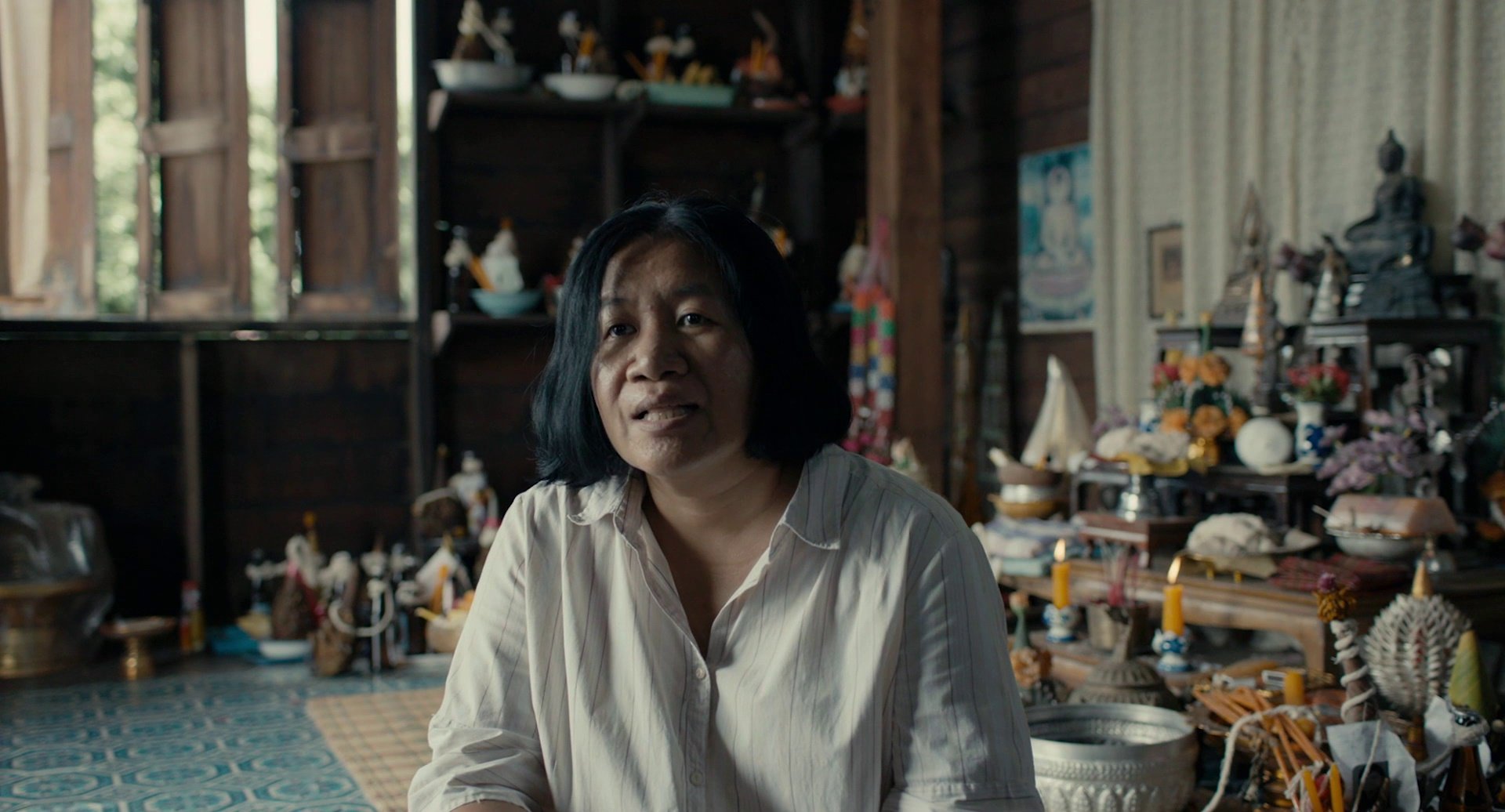
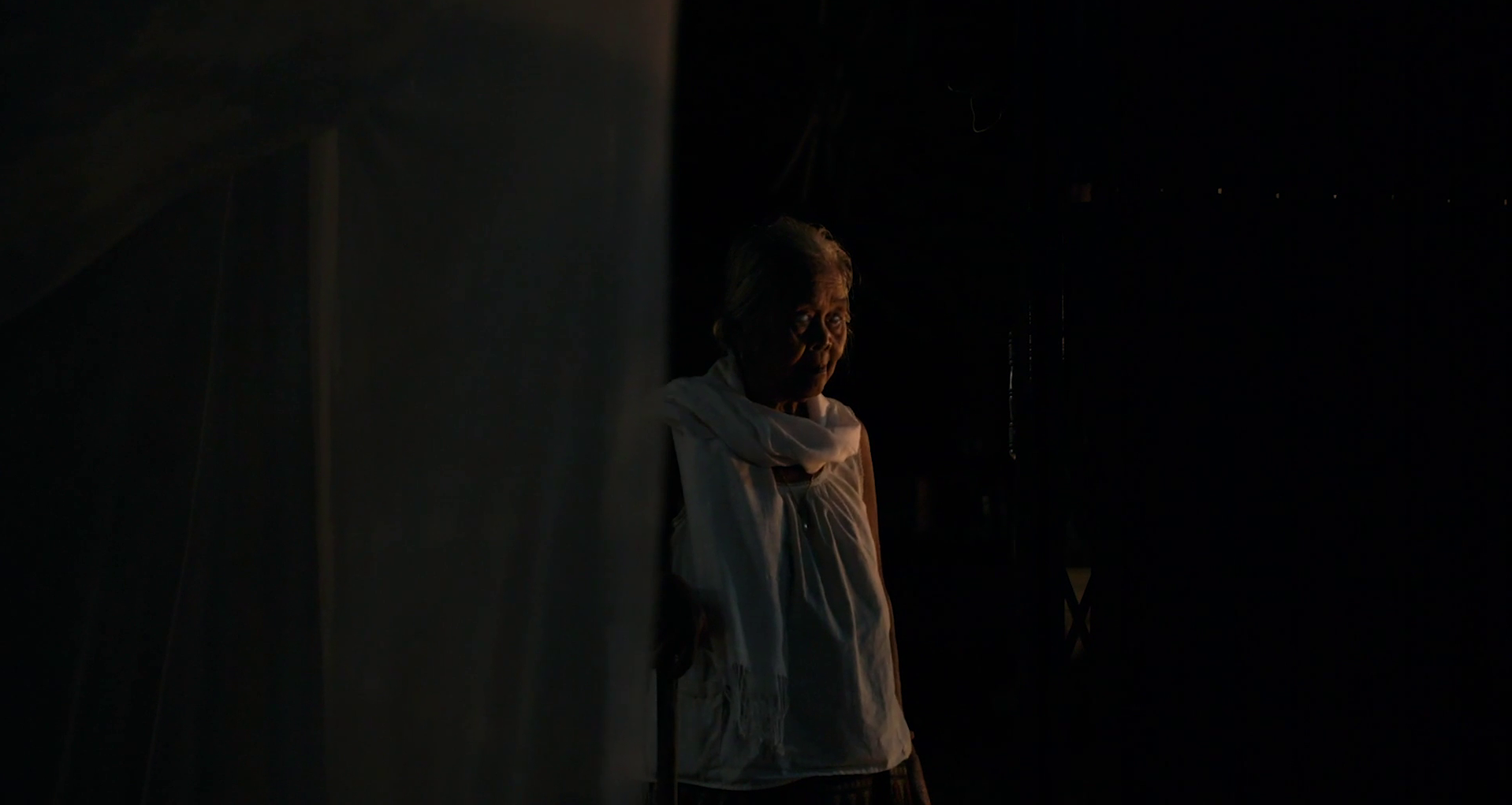
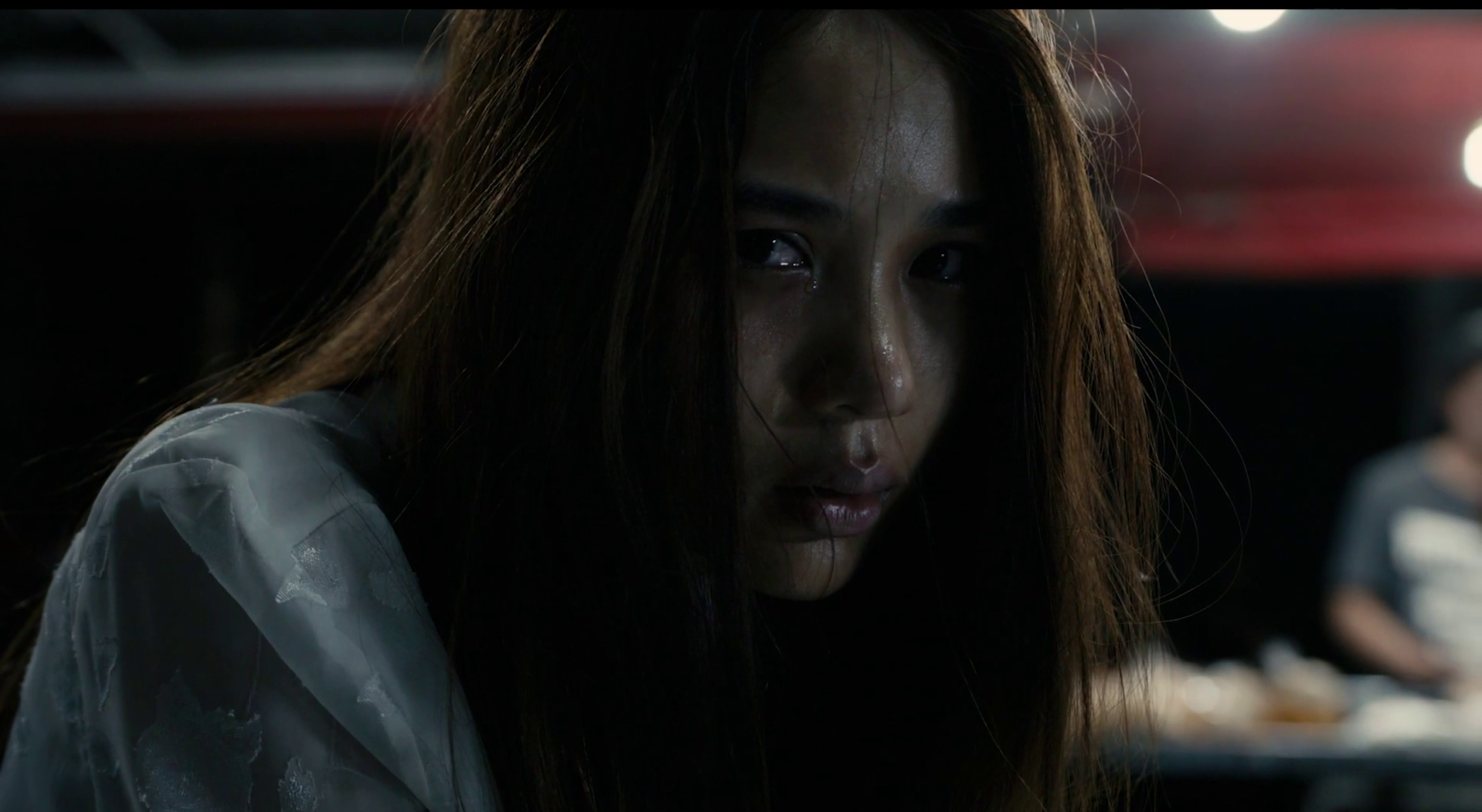
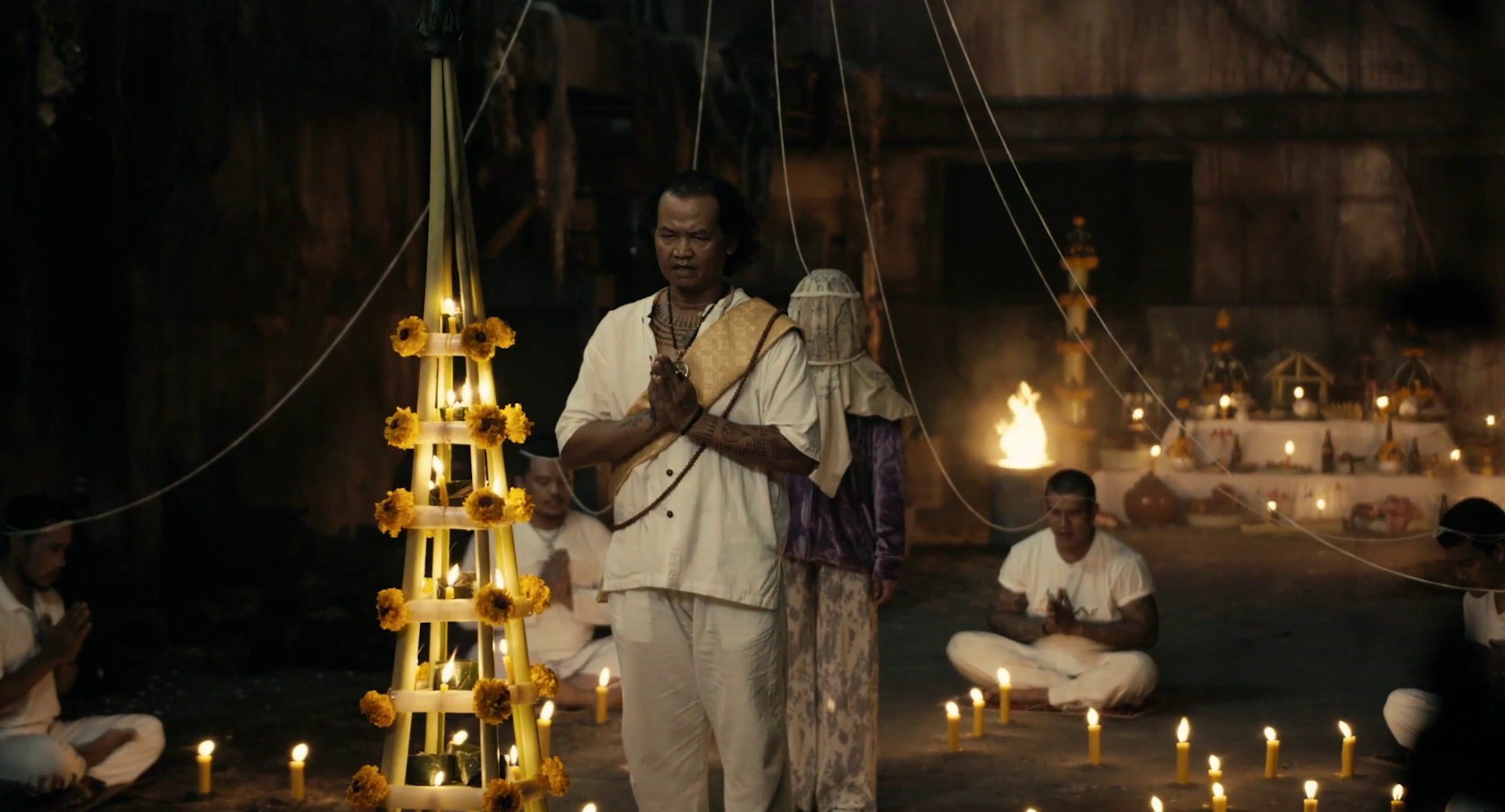
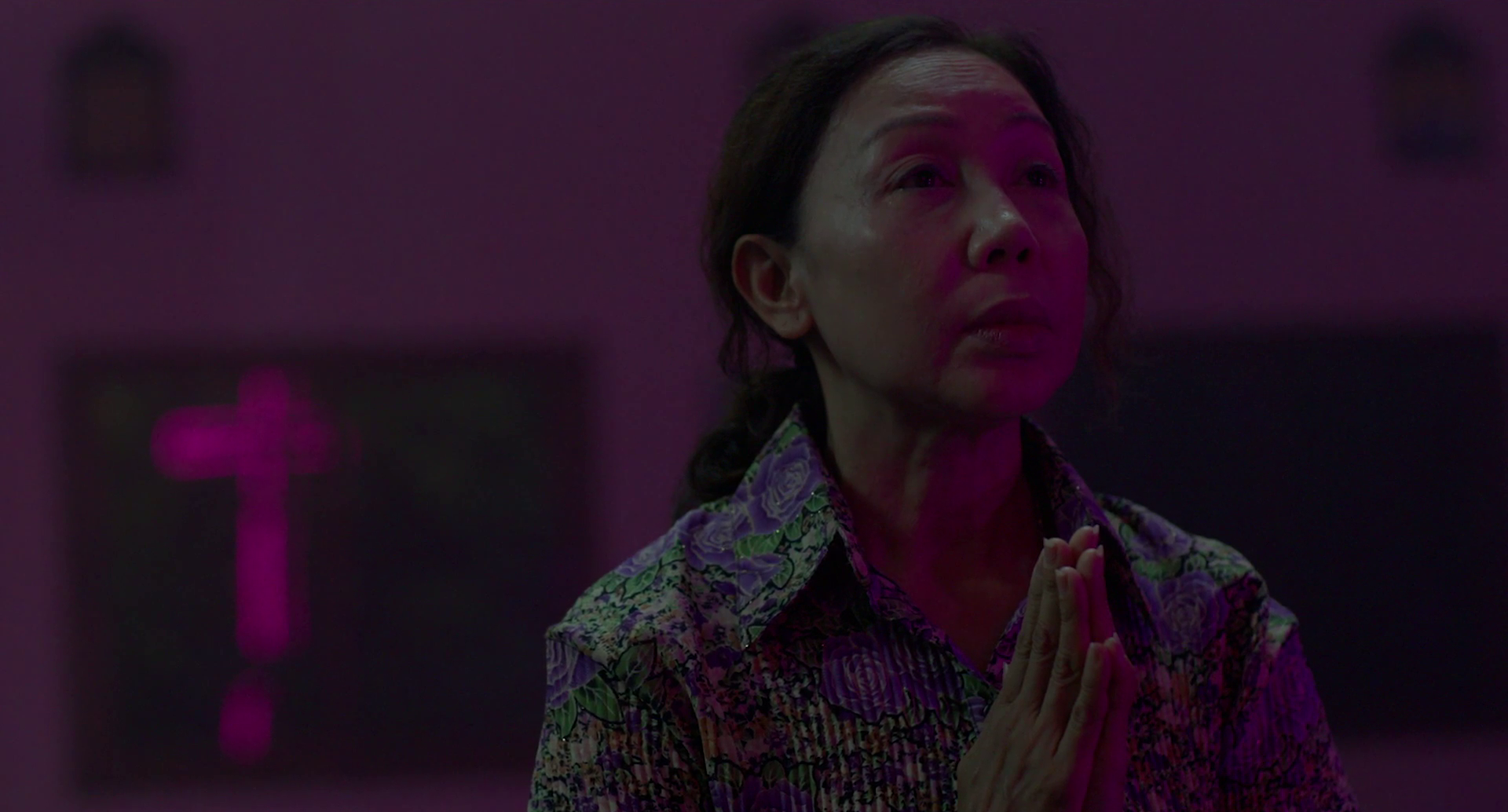


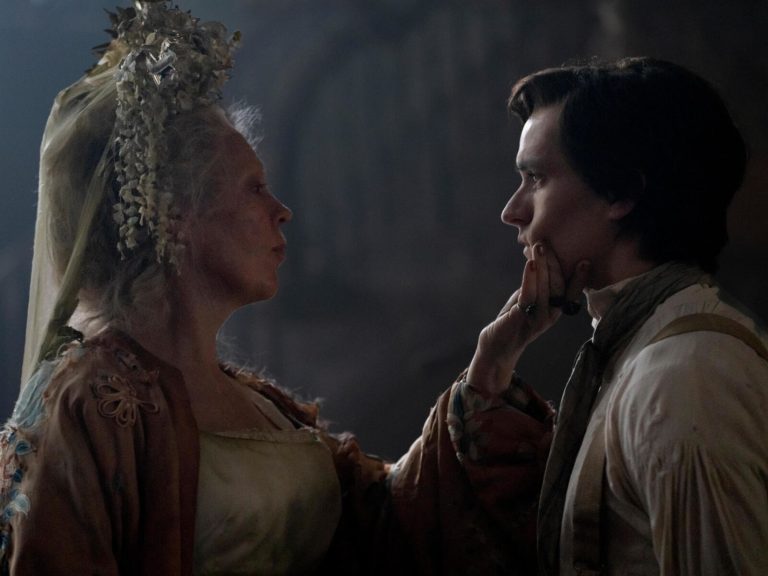
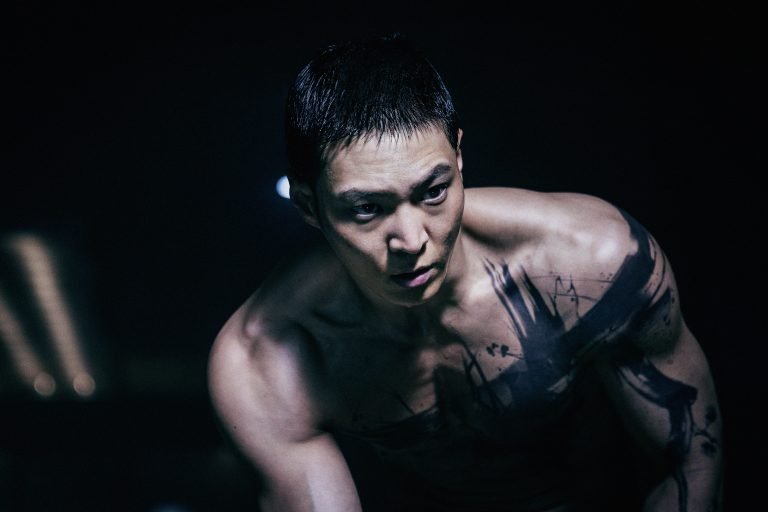

![Exposure 36 [2022] Review – A meditative end-of-the-world scenario that only clicks occasionally](https://79468c92.delivery.rocketcdn.me/wp-content/uploads/2022/05/Exposure-36-Movie-Review-768x445.jpg)

